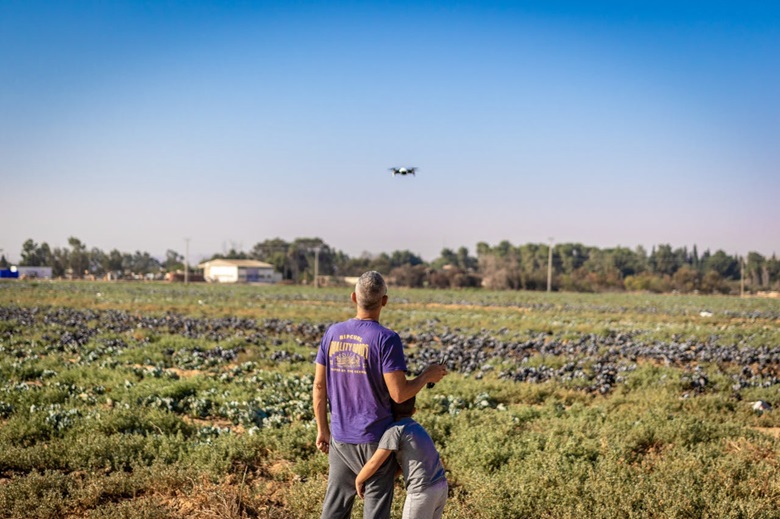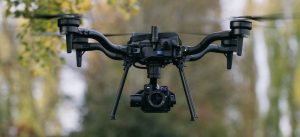Rising Demand for Swarming Agricultural Spray Drones in the U.S.
The utilization of drones in agriculture is significantly increasing across the U.S. Farmers are increasingly recognizing the benefits of enhanced efficiency, precise application, and lower operational costs compared to traditional crop-spraying aircraft.
In 2024, the attractiveness of drone usage for distributing water, pesticides, and various chemicals on crops surged when the U.S. FAA authorized a single operator to manage a swarm of three heavy drones, each weighing over 55 lbs. Previously, legislation mandated two pilots for each drone in such a group, including one for maintaining line-of-sight monitoring.
Hylio, an agricultural UAV manufacturer, notably became the first firm to achieve FAA approval in March 2024, allowing operators to control multiple autonomous drones, thus reducing the necessary manpower for drones carrying heavier loads from six to one. This breakthrough has resulted in a considerable increase in the appetite for spray drones in the U.S.
According to Hylio’s CEO, Arthur Erickson, the company witnessed significant market adoption following the FAA’s new approval, emphasizing that over half of their clients are now utilizing swarms of drones. The FAA’s decision has encouraged those wary of legality to confidently invest in drones, as they can freely utilize them without fear of regulatory penalties.
Erickson highlighted that for the company, demand is outpacing production capabilities. Hylio manufactures the AG-272, its largest spray drone, featuring an autonomous, eight-rotor design capable of carrying 176.8 lbs and executing flights of 8 minutes with a full payload.
Erdal Ozkan, a pesticide application technology professor at Ohio State University, noted that while drones have been integral to farming in Asia for years, especially in countries like China, Japan, and South Korea, the adoption of drone technology for spraying in the United States remains in early stages. Ozkan reported that in 2021, approximately 120,000 drones sprayed over 175.5 million acres in China.
Several factors make spray drones appealing for U.S. farmers. For instance, the terrain might not be conducive for traditional sprayers, and UAVs are often more cost-effective compared to conventional aircraft. Furthermore, drones are more effective for spraying irregularly shaped fields and significantly minimize pesticide exposure risks for operators.
DJI, the leading global drone manufacturer, reported a burgeoning agricultural drone market in its 2024 insight report. Significant savings stem from reduced usage of water and chemicals, attributed to the drones’ ability to spray more targeted and lower to the ground.
Increased demand for spray drones is also linked to the easing of regulations across nations, with countries like Australia, Brazil, and the U.S. leading the trend.
This month, Hylio will inaugurate a vastly larger factory in Richmond, Texas, expanding its operational footprint fourfold. The company currently produces around 1,000 drones annually but aims to scale up to 3,000 units per year and potentially 5,000 by 2027.
Two new models, including a scout drone named Photon, will be manufactured in the new facility. Designed to work alongside swarming spray drones, this 10 lbs drone will capture high-resolution images and sensor data to provide real-time assessments of crop health, slated for release in late 2025.
Hylio is also rigorously developing the HYL-150 ARES, a cutting-edge spray drone expected to debut in early 2026. Weighing 141 lbs with a 13-gallon tank, it promises similar operational capabilities as the AG-272.
Erickson emphasized that modifications in the internal electronics would streamline their assembly process, allowing Hylio to respond quickly to the surging demand for drones.
With three primary assembly lines and automated manufacturing technologies, Hylio aims to enhance their production efficiency significantly. “Our goal is to build these drones better and faster while scaling up our output to meet the extraordinary demand, which has been rapid and explosive.”
For further details, see the Original Article.













